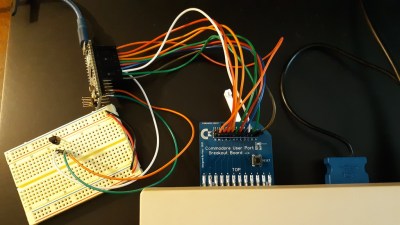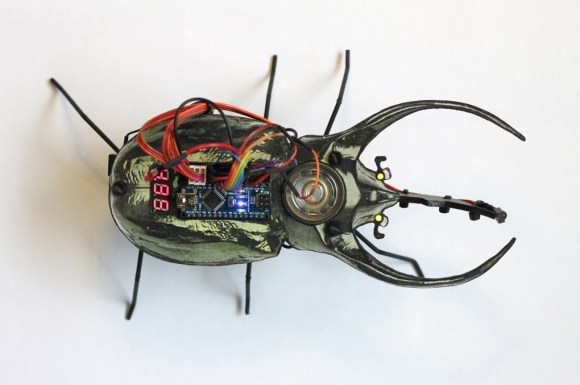You know the feeling of having just created a perfect setup for your hacker lab? Sometimes, there’s just this missing piece in the puzzle that requires you to do a small hack, and those are the most tempting. [maxime borges] has such a perfect setup that involves a HDMI 4:2 switch, and he brings us a write-up on integrating that HDMI switch into Home Assistant through emulating an infrared receiver’s signals.

The HDMI switch is equipped with an infrared sensor as the only means of controlling it, so naturally, that was the path chosen for interfacing the ESP32 put inside the switch. Fortunately, Home Assistant provides the means to both receive and output IR signals, so after capturing all the codes produced by the IR remote, parsing their meaning, then turning them into a Home Assistant configuration, [maxime] got HDMI input switching to happen from the comfort of his phone.
We get the Home Assistant config snippets right there in the blog post — if you’ve been looking for a HDMI switch for your hacker lair, now you have one model to look out for in particular. Of course, you could roll your own HDMI switch, and if you’re looking for references, we’ve covered a good few hacks doing that as part of building a KVM.

















